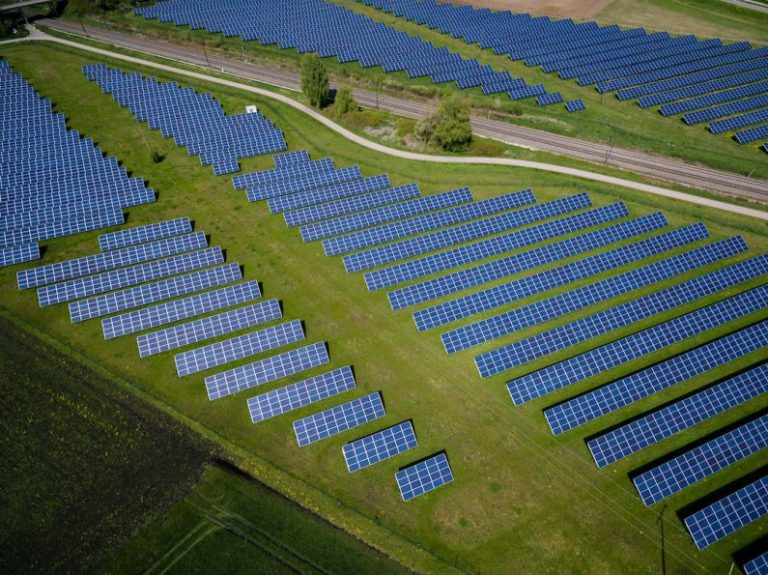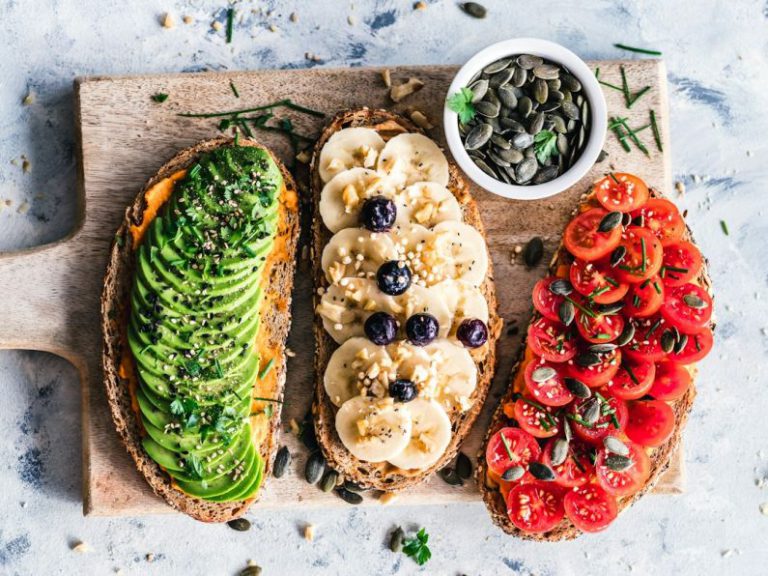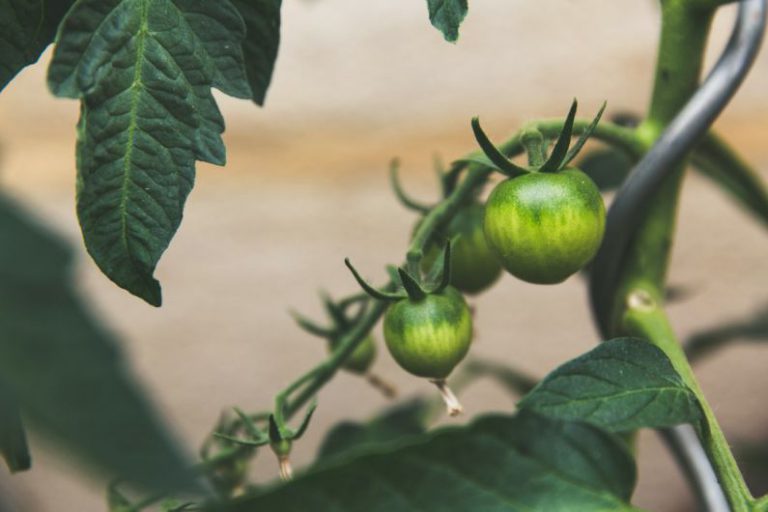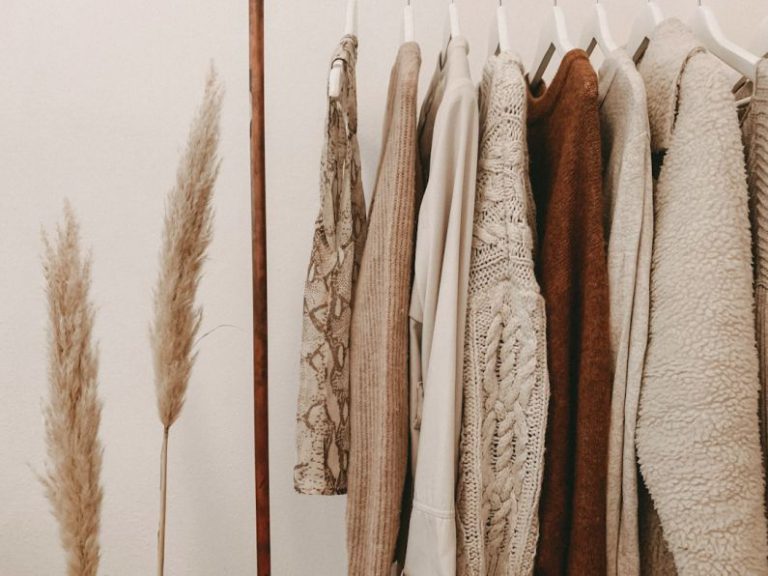How to Save Water with Low-flow Fixtures?
Water is a precious resource that we often take for granted. With the growing global water crisis, it is more important than ever to find ways to conserve water in our daily lives. One effective way to save water is by installing low-flow fixtures in our homes. These fixtures are designed to reduce water consumption without sacrificing performance. In this article, we will explore the benefits of low-flow fixtures and how they can help us save water.
The Problem: Wasting Water
Before we delve into the solution, let’s first understand the problem. Many traditional fixtures, such as faucets, showerheads, and toilets, use excessive amounts of water. This leads to wastage and puts a strain on our water supply. According to the Environmental Protection Agency (EPA), the average family can save up to 700 gallons of water per year by switching to low-flow fixtures.
Low-Flow Faucets
One of the easiest ways to save water is by installing low-flow faucets. These faucets have aerators that mix air with the water stream, reducing the flow without compromising pressure. The result is a steady stream of water that feels just as satisfying as a regular faucet. By using low-flow faucets, you can save gallons of water every time you wash your hands or do the dishes.
Low-Flow Showerheads
Taking shorter showers is one way to save water, but with low-flow showerheads, you can have the best of both worlds. These showerheads restrict the flow of water while maintaining a strong spray. Some models even offer adjustable flow settings, allowing you to customize your shower experience. By using a low-flow showerhead, you can reduce water usage by up to 50% without sacrificing comfort.
Dual-Flush Toilets
Toilets are notorious water-wasters, but with dual-flush toilets, you can significantly cut down on water usage. These toilets have two flushing options: a half-flush for liquid waste and a full-flush for solid waste. By using the appropriate flush, you can save gallons of water with each visit to the bathroom. Dual-flush toilets are not only environmentally friendly but also help reduce your water bill.
Benefits of Low-Flow Fixtures
Installing low-flow fixtures in your home offers several benefits. Firstly, it helps conserve water, which is crucial for our environment and future generations. Secondly, it reduces your water bill, saving you money in the long run. Additionally, low-flow fixtures are often more durable and require less maintenance than traditional fixtures. By making the switch, you can contribute to a more sustainable future while enjoying the convenience of modern plumbing.
Conclusion: Making a Difference
Water conservation is everyone’s responsibility, and small changes can make a big difference. By installing low-flow fixtures in your home, you can significantly reduce water consumption without sacrificing comfort or performance. Whether it’s a low-flow faucet, showerhead, or toilet, every drop counts when it comes to saving water. So, take action today and start making a positive impact on our planet. Together, we can ensure a greener and more sustainable future for all.






